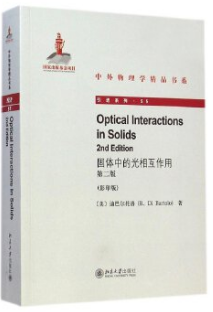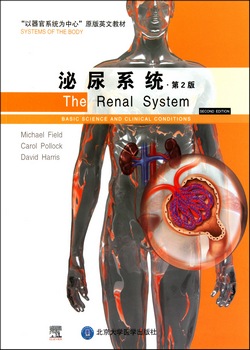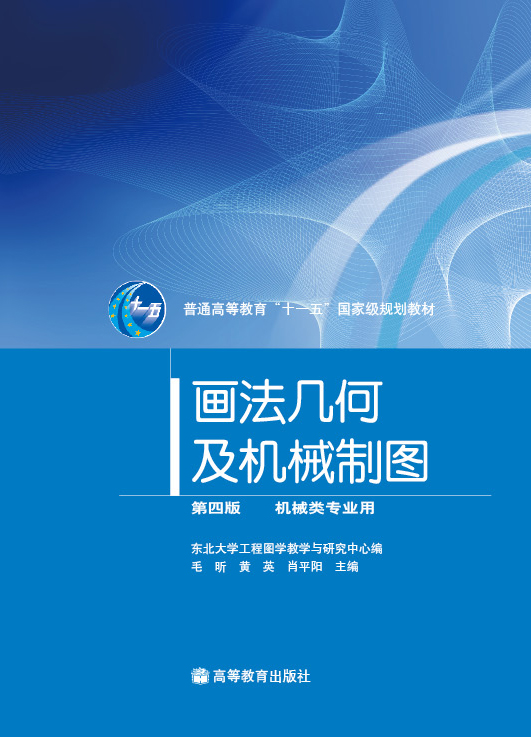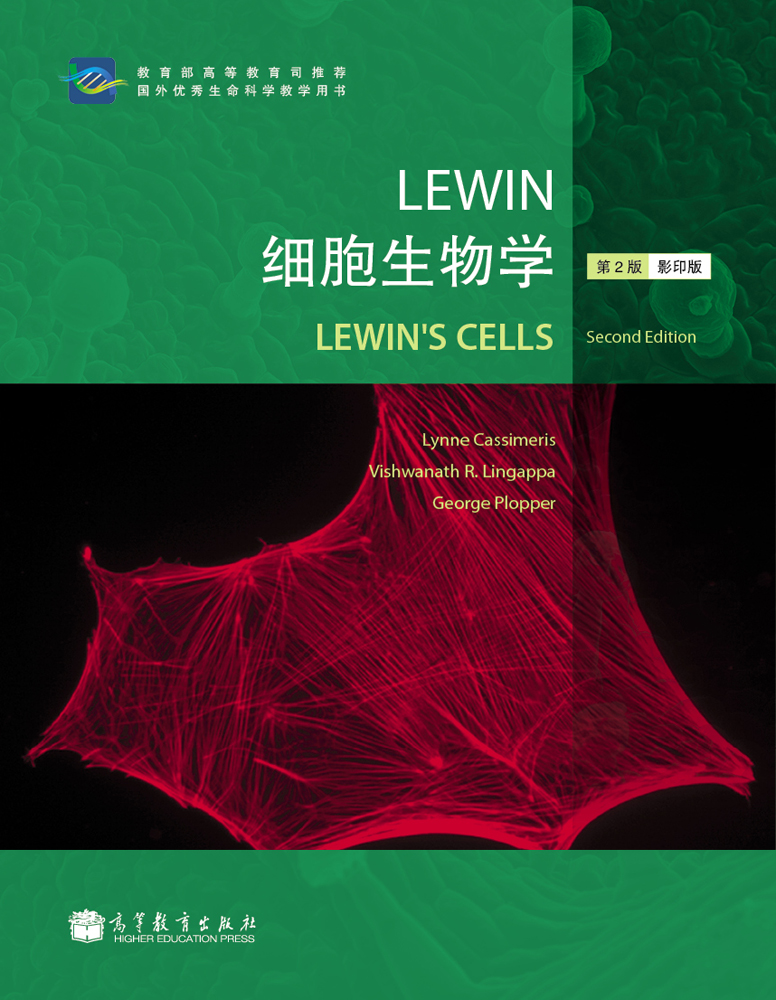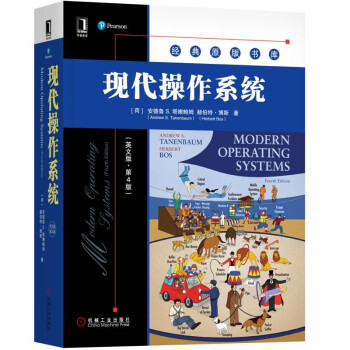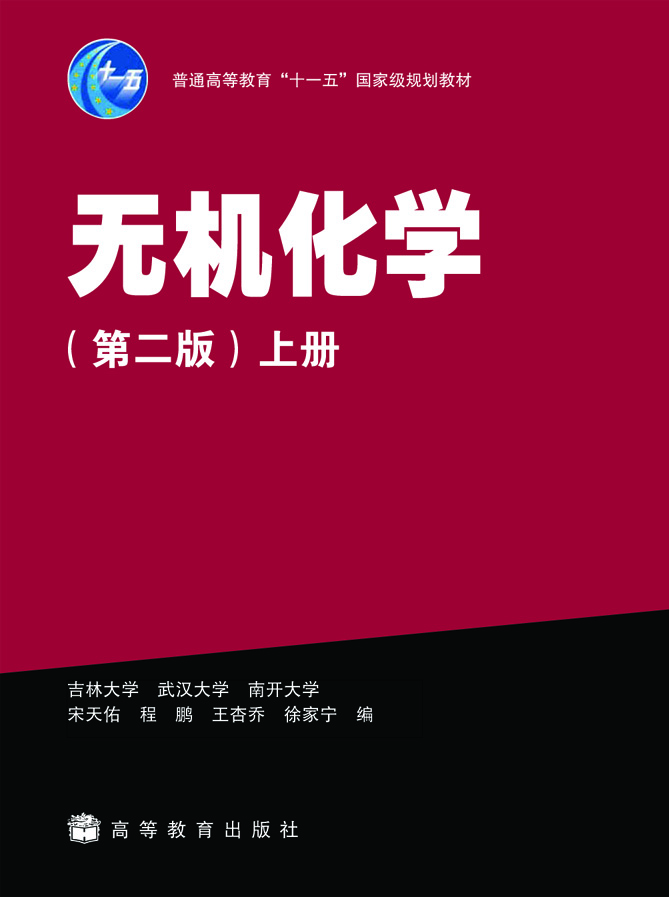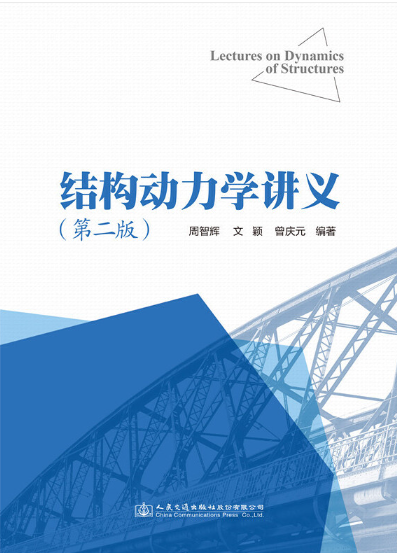固体中的光相互作用-第二版
定价:¥107.00
作者: 迪巴尔托洛 (B.Di Bartolo)
出版时间:2014-12
出版社:北京大学出版社
- 北京大学出版社
- 9787301251720
- 301189
- 2014-12
作者简介
内容简介
《固体中的光相互作用 (第二版)(英文影印版)》系统而全面地介绍了固体光特性的一些原理。本书为在固体材料吸收和荧光光谱领域,及激光领域工作的科研人员提供了详实的理论背景。通过群论这一工具,以及对于对称性的讨论,本书统一地阐述了辐射场的量子理论、分子热振动、晶体、共价键等内容。
《固体中的光相互作用 (第二版)(英文影印版)》既适合科研人员参考,也适合研究生和高水平本科生阅读。
《固体中的光相互作用 (第二版)(英文影印版)》既适合科研人员参考,也适合研究生和高水平本科生阅读。
目录
Preface to the Second Edition
1. Elements of Quantum Mechanics
1. Review of Classical Mechaaics
2. Vector Spaces and Linear Operators
3. Basic Postulates of Quantum Mechanics
4. Compatible Observables and Complete Set of Commuting Operators
5. Form of the Operators
6. Matrix Formalism and Transformation Theory
7. General Theory of Angular Momentum
8. Time-Independent Perturbation Theory
9. Time-Dependent Perturbation Theory
References
2. Elements of Group Theory
1. Properties of a Group
2. Classes
3. Theory of Representations
4. Schur's Lemma and Orthogonality Relations
5. Characters of a Group
6. Properties of the Irreducible Representations of a Group
7. The Direct Product Representation
8. Product Groups and Their Representations
9. Summary of Rules
10. Groups of Real Orthogonal Matrices
11. Space Groups and Symmetry of Crystalline Solids
12. The Irreducible Representations of a Group of Primitive Translations
13. The Irreducible Representations of Space Groups References
3. Connection of Quantum Mechanics with Group Theory
1. The Effect of an Orthogonal Coordinate Transformation on the Vectors of a Hilbert Space
2. The Symmetry Group of the SchrSdinger Equation
3. The Fundamental Theorem for Functions and Operators Transforming Irreducibly
4. The Construction of Functions Transforming
Irreducibly
5. The Full Rotational Group and the Quantum Theory of Angular Momentum
6. The Spin of the Electron and the Double Valued
Representations
7. The Kramers' Degeneracy
8. The Symmetric Group of the Hamiltonian and the Pauli
Principle
References
4. The Hydrogen Atom
1. The Unperturbed Hamiltonian
2. The Spin-Orbit Interaction
3. The Zeeman Interaction
4. Group Theoretical Considerations for the H Atom
References
5. The Complex Atom: Multiplet Theory
1. The Helium Atom
2. The Many Electron Atom
3. Group Theoretical Considerations for a Complex Atom
4. The Energies of Spectral Terms
5. Hund's Rules and the Principle of Equivalence of Electrons and Holes
6. The Spin-Orbit Splitting of Terms
7. An Example of Spin-Orbit and Zeeman Splitting
References
6. The Magnetic Ion in a Crystal: The Role of Symmetry
1. Bonding in Crystals
2. The Ionic Bond in Crystals
3. Electronic Configurations and Properties of Magnetic Ions
4. The Crystalline Field Hypothesis
References
7. The Weak Field Scheme
1. The Hamiltonian of the Free Ion
2. The Crystal Field Perturbation
3. Application of the Weak Field Scheme
4. Splittings of J Levels in Fields of Different
Symmetries
References
8. The Medium Field Scheme
1. The Hamiltonian of the Free Ion
2. The Crystal Field Perturbation
3. The Spin-Orbit Interaction
4. An Application of the Medium Field Scheme
5. The Method of Operator Equivalents: The Splitting of
Transition Metal Ions Levels in an Octahedral
Crystal Field
References
9. The Strong Field Scheme
1. The Unperturbed Hamiltonian
2. The Crystal Field Perturbation
3. The Electrostatic Interaction
4. The Spin-Orbit Interaction
10. Covalent Bonding and Its Effect on Magnetic Ions in Crystals
11. The Quantum Theory of the Radiation Field
12. Molecular Vibrations
13. Lattice Vibrations
14. The Ion-Photon Interaction: Absorption and Emission of Radiation
15. The Judd-Ofelt Theory
16. The Ion-Vibration Interaction. Radiationless Processes, Thermal Shift, and Broadening of Sharp Lines
17. Vibrational-Electronic Interaction and Spectra
18. Energy Transfer Among Ions in Solids
19. Absorption Spectra of Magnetic Ions in Crystals
20. Fluorescence Spectra of Magnetic Ions in Crystals
21. Elements of Laser Theory
Subject Index
1. Elements of Quantum Mechanics
1. Review of Classical Mechaaics
2. Vector Spaces and Linear Operators
3. Basic Postulates of Quantum Mechanics
4. Compatible Observables and Complete Set of Commuting Operators
5. Form of the Operators
6. Matrix Formalism and Transformation Theory
7. General Theory of Angular Momentum
8. Time-Independent Perturbation Theory
9. Time-Dependent Perturbation Theory
References
2. Elements of Group Theory
1. Properties of a Group
2. Classes
3. Theory of Representations
4. Schur's Lemma and Orthogonality Relations
5. Characters of a Group
6. Properties of the Irreducible Representations of a Group
7. The Direct Product Representation
8. Product Groups and Their Representations
9. Summary of Rules
10. Groups of Real Orthogonal Matrices
11. Space Groups and Symmetry of Crystalline Solids
12. The Irreducible Representations of a Group of Primitive Translations
13. The Irreducible Representations of Space Groups References
3. Connection of Quantum Mechanics with Group Theory
1. The Effect of an Orthogonal Coordinate Transformation on the Vectors of a Hilbert Space
2. The Symmetry Group of the SchrSdinger Equation
3. The Fundamental Theorem for Functions and Operators Transforming Irreducibly
4. The Construction of Functions Transforming
Irreducibly
5. The Full Rotational Group and the Quantum Theory of Angular Momentum
6. The Spin of the Electron and the Double Valued
Representations
7. The Kramers' Degeneracy
8. The Symmetric Group of the Hamiltonian and the Pauli
Principle
References
4. The Hydrogen Atom
1. The Unperturbed Hamiltonian
2. The Spin-Orbit Interaction
3. The Zeeman Interaction
4. Group Theoretical Considerations for the H Atom
References
5. The Complex Atom: Multiplet Theory
1. The Helium Atom
2. The Many Electron Atom
3. Group Theoretical Considerations for a Complex Atom
4. The Energies of Spectral Terms
5. Hund's Rules and the Principle of Equivalence of Electrons and Holes
6. The Spin-Orbit Splitting of Terms
7. An Example of Spin-Orbit and Zeeman Splitting
References
6. The Magnetic Ion in a Crystal: The Role of Symmetry
1. Bonding in Crystals
2. The Ionic Bond in Crystals
3. Electronic Configurations and Properties of Magnetic Ions
4. The Crystalline Field Hypothesis
References
7. The Weak Field Scheme
1. The Hamiltonian of the Free Ion
2. The Crystal Field Perturbation
3. Application of the Weak Field Scheme
4. Splittings of J Levels in Fields of Different
Symmetries
References
8. The Medium Field Scheme
1. The Hamiltonian of the Free Ion
2. The Crystal Field Perturbation
3. The Spin-Orbit Interaction
4. An Application of the Medium Field Scheme
5. The Method of Operator Equivalents: The Splitting of
Transition Metal Ions Levels in an Octahedral
Crystal Field
References
9. The Strong Field Scheme
1. The Unperturbed Hamiltonian
2. The Crystal Field Perturbation
3. The Electrostatic Interaction
4. The Spin-Orbit Interaction
10. Covalent Bonding and Its Effect on Magnetic Ions in Crystals
11. The Quantum Theory of the Radiation Field
12. Molecular Vibrations
13. Lattice Vibrations
14. The Ion-Photon Interaction: Absorption and Emission of Radiation
15. The Judd-Ofelt Theory
16. The Ion-Vibration Interaction. Radiationless Processes, Thermal Shift, and Broadening of Sharp Lines
17. Vibrational-Electronic Interaction and Spectra
18. Energy Transfer Among Ions in Solids
19. Absorption Spectra of Magnetic Ions in Crystals
20. Fluorescence Spectra of Magnetic Ions in Crystals
21. Elements of Laser Theory
Subject Index

